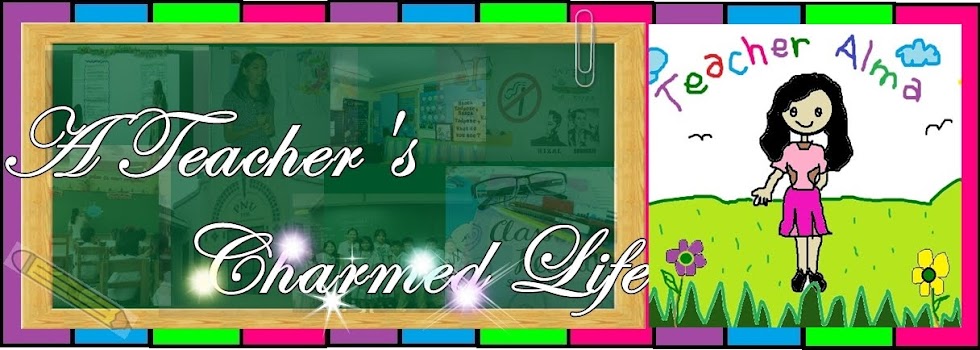Areas of earth sci
1. Geology
– study of the earth
Physical geology – earth’s interior, rock
cycle, etc.
Historical geology – origin og the earth,
evolution
2. meteorology
– about the atmosphere, weather and climate
ooceanography
– study of the ocean and marine life
aastronomy
– study of the universe
eenvironmental
science – interaction between the biotic and its environment
system – interacting parts that form a complex whole
composed of :
*cycles
*powered by
-sun
-earth interior
Earth is divided into spheres
*geosphere – solid part of the earth
*atmosphere – blanket of air
*hydrosphere – liquid part
*biosphere – living organism
Minerals 0 basically consist of elements
naturally occurring inorganic solids with
definite composition which gives them unique physical properties
rocks – aggregates of minerals
compound of minerals
Characteristics of minerals
inorganic
– absence of carbon (organic: made of carbon
exception: graphite and diamond
naturally
occurring
solid
– composed of crystal structures
– organized internal
arrangements
definite
composition
properties of minerals
crystal structure – organized arrangement of the
minerals
example: NaCl
cleavage – breakage due to weak bonding
fracture – no definite breakage
color – obvious feature of a mineral
streak – color of the mineral in powdered form
hardness – resistance to abrasion or scratching
determined by Mohs’ scale
Relative scale
|
Mineral
|
10
|
Diamond
|
9
|
Corunlum
|
8
|
Topaz
|
7
|
Quartz
|
6
|
Potassium
|
5
|
Apatite
|
4
|
flouride
|
3
|
Calcite
|
2
|
Gypsum
|
1
|
talc
|
luster – the quality of the light reflected at
the surface of minerals
Mineral compositions of the
earth’s crust
element
|
Approximate % by weight
|
O
|
46.6
|
Si
|
27.7
|
Al
|
8.1
|
Fe
|
5.0
|
Ca
|
3.6
|
K
|
2.8
|
Mg
|
2.1
|
others
|
1.7
|
Categories of mineral
silicate
minerals
Olivine
Pyroxene
Amphibole group (hornblende)
Micas
– biotite
muscouite
feldspar
– orthodase
-Ca, Na
quartz
ores – minerals that can be used
by profit
Non
silicate
Mineral group
|
name
|
use
|
oxides
|
hematite
|
Ore of iron
|
magnetite
|
||
corundum
|
gemstone
|
|
ice
|
Solid from of water
|
|
sulfides
|
galena
|
Ore of lead
|
sphalerite
|
Ore of zinc
|
|
pyrite
|
Sulphuric acid
|
|
chalcopyrite
|
Ore of copper
|
|
cinnabar
|
Ore of Hg
|
|
sulfades
|
gypsum
|
plaster
|
anhydrite
|
||
Native elements
|
gold
|
Trade, jewelry
|
copper
|
Electrical conductor
|
|
diamond
|
Gemstone, abrasive
|
|
sulfur
|
Sulfa drugs, chemical
|
|
graphite
|
Pencil leads, dry lubricants
|
|
silver
|
jewelry
|
|
platinum
|
catalyst
|
|
halides
|
halite
|
Common salt
|
flouride
|
Used in steel making
|
|
sylvite
|
fertilizer
|
|
calcite
|
cement
|
|
dolomite
|
Rock cycle
Lava – exterior (less dissolved
substances)
Magma – interior
Driving force
-earth’s interior
-energy from the sun
Igneous rock – originates at
depths as great , consist primarily as silicates
Classess:
Where it is formed
Volcanic/ extrusive igneous- exposed outside,
rock that results when lava solidifies
Plutonic/ intrusive igneous – formed inside the
earth’s surface, rocks form when magma solidifies
Crystal sizes (texture)
Fine grains – igneous rocks that form rapidly at
surface as small masses within the upper crust
Coarse grains – magma solidifies far below the
surface
Pophyritic – molten materials crystallizes
outside. If magma that already contains some large crystals, suddenly erupts at
the surface, the remaining molten portion of the lava would cool quickly.
Glassy – ejected in the atmosphere and quenhed
rapidly
Kinds of sedimentary rocks
Detrital sedimentary rocks – originated from
weathere rocks
Large particles –
Conglomerate- rounded
Breccias- angular
Small
particle
Sandstone – sand size
Siltstone – fine particles
Shale – very fine
Chemical sedimentary
-formed due to chemical
process ex. Chalk, coqina, taventine, quartz, coal, limestone
Lithification - process by which sediments are transformed
into sedimentary rocks..
Compaction
Cementation
Features:
Strata or bed
Fossils
Provides info about past
environment
Metamorphic rocks
Metamorphism
Regional metamorphism – due to intense stress
and high temperature associated with large scale deformation
Contact – in contact / near the mass of magma
Metamorphic agent
Heat – when rock at the surface becomes in
contact with a hot molten material, such as lava
Pressure – decreases the volume ; differential
stress- unequal force
Chemically active fluid – ex. Water
Classification of metamorphic
ricks
Foliated – parallel alignment of crystals
Ex. Gneiss –feldspar
Slate and schist – shale
Non foliated – ex. Marble
External process
-occurs near or at the earth’s
surface powered by the sun
1. weathering – disintegration
of rock materials
2. mass wasting – movement of
debris downslope
3. erosion – transportation of
material with the help of erosional agent
Weathering –
Mechanical
weathering – broken into pices each retaining the characteristics of the
original
Frost wedging – continuous cycle and freezing of water
Unloading
Biological activity
Chemical
weathering – change in the composition , involves that alters structure of mineral
Soil – the interface of all
spheres of the earth
Controls of soil
Parent material – source
Climate – temperature and humidity
Time – the longer the time, the more soil is
formed
Plants and animals
Slope
Soil texture
Sand >silt>clay
Soil profile
0
horizon – consist of loargely organis material ; upper portion is primarily
plant
Lower portion is made up of partly decomposed
organic matter
A
horizon – largely mineral matter
E
horizon – zone of elevation
B
horizon - subsoil; zone of accumulation
C
horizon – partially altered parent material

